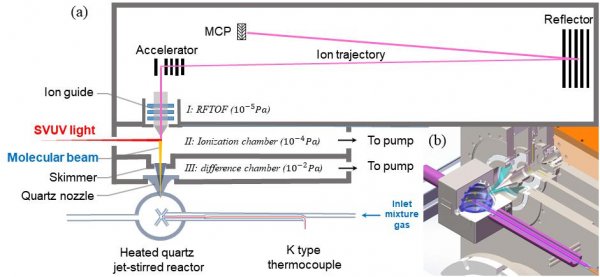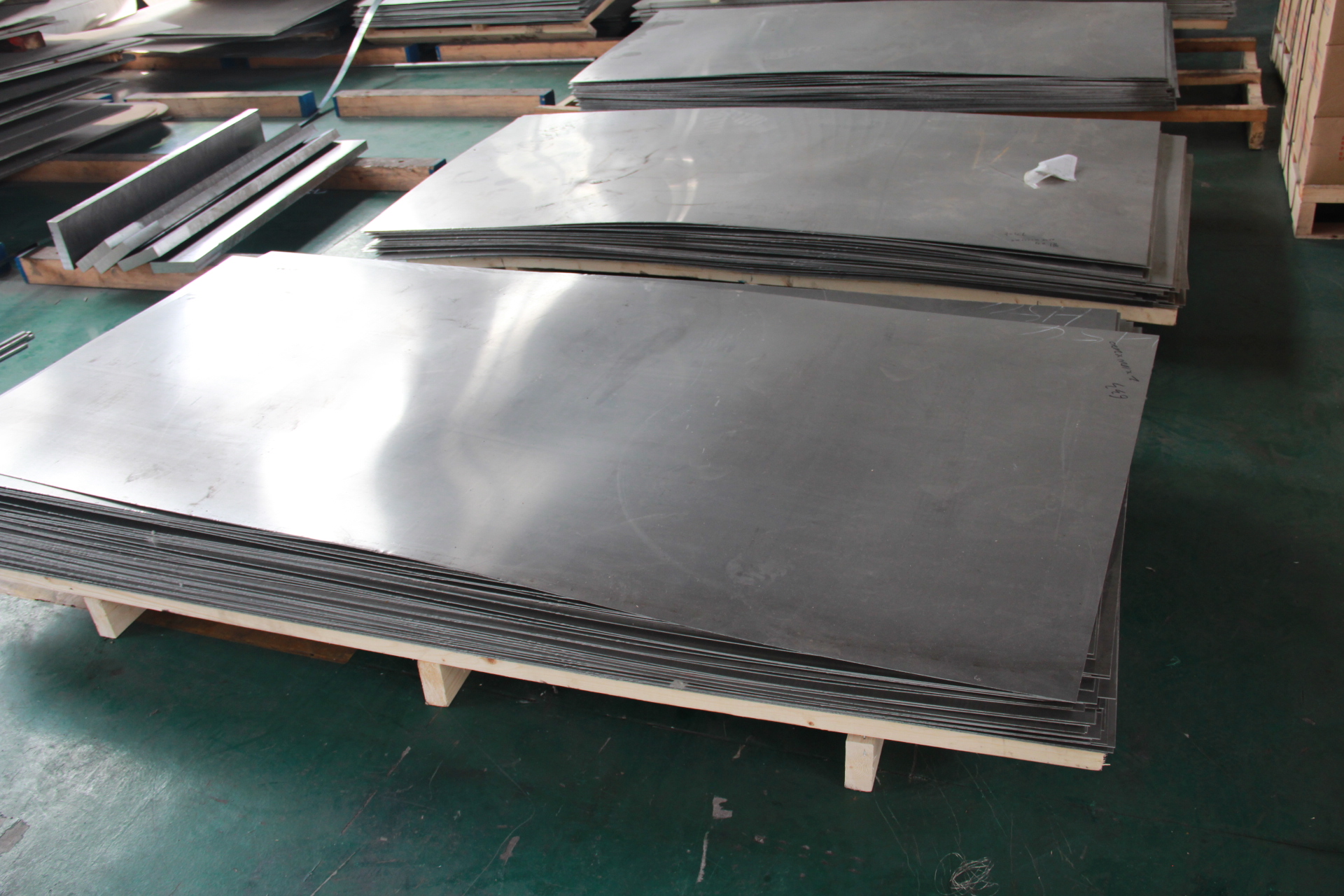At the invitation of Progress in Energy and Combustion Science, an international review journal in the field of energy and combustion, Wang Zhandong, a special professor at the University of Science and Technology of China, collaborated with colleagues in France and the United States to write a long-term review paper entitled Exploring hydroperoxides in combustion: History, recent advances and perspectives To sort out, summarize and prospect the experimental diagnosis and reaction mechanism of peroxides in the combustion process, the paper was published online on April 9.
During the combustion process of the engine, the fuel undergoes a low-temperature oxygen reaction to form a series of oxygen-containing intermediates. Among them, the generation and decomposition of peroxides are important chain branch paths, which control the ignition process of diesel engines and some new engines, and lead to some unstable combustion phenomena, such as the knocking of gasoline engines and the unstable combustion of gas turbines. Sex and so on. Realizing the experimental detection and quantitative analysis of various types of peroxides in low-temperature oxidation is of great significance for understanding the ignition mechanism of engines, regulating the combustion process and fuel design, and is the frontier field of combustion research.
Synchronous radiation vacuum ultraviolet photoionization combined with ultrasonic molecular beam sampling mass spectrometry technology can detect and analyze active peroxides. At present, there are three sets of experimental platforms for low-temperature oxidation research based on synchrotron radiation photoionization mass spectrometry technology. They are the National Synchrotron Radiation Laboratory light source (built in 2008), the US advanced light source (built in 2013) and the French SOLEIL light source (Building in 2018).
Using these experimental platforms, a series of peroxides, such as hydrogen peroxide, alkyl peroxides, olefin peroxides, carbonyl peroxides, and more complex multi-functional peroxides, were detected in the low-temperature oxidation of fuel. The low-temperature oxidation mechanism of fuel has been further improved, as shown in Figure 2, including the reaction network of primary oxygenation, secondary oxygenation and tertiary oxygenation. Related research work has been published in journals such as PNAS, JACS, Angewandte Chemie International Edition, Combustion and Flame and Proceedings of the Combustion Institute.

Figure 1. Low temperature oxidation experiment platform of National Synchrotron Radiation Laboratory

Figure 2. Fuel low temperature oxidation reaction network
Other Special Steel Is different from the traditional steel, it is mainly formed by the alloy, generally has good oxidation resistance, corrosion resistance, high temperature resistance and other characteristics, it can be applied in a very harsh environment. Used for special industries. The main use is the production of various furnace components, the maximum temperature of 1300 degrees Celsius, could be applied in the condition of high temperature 1150℃. Such as furnace materials, automotive cleaning equipment, materials, etc.. As well as nuclear reactor cooling system, heating furnace, carburizing basket and fasteners, heat treatment fixture.

Other Special Steel
Alloy C276 Materials,Welding Of Nickel Alloys,Stainless Steel Welding Wire,Monel 400 Properties
Jiangsu nickel alloy Co.,Ltd , https://www.xhalloy.com